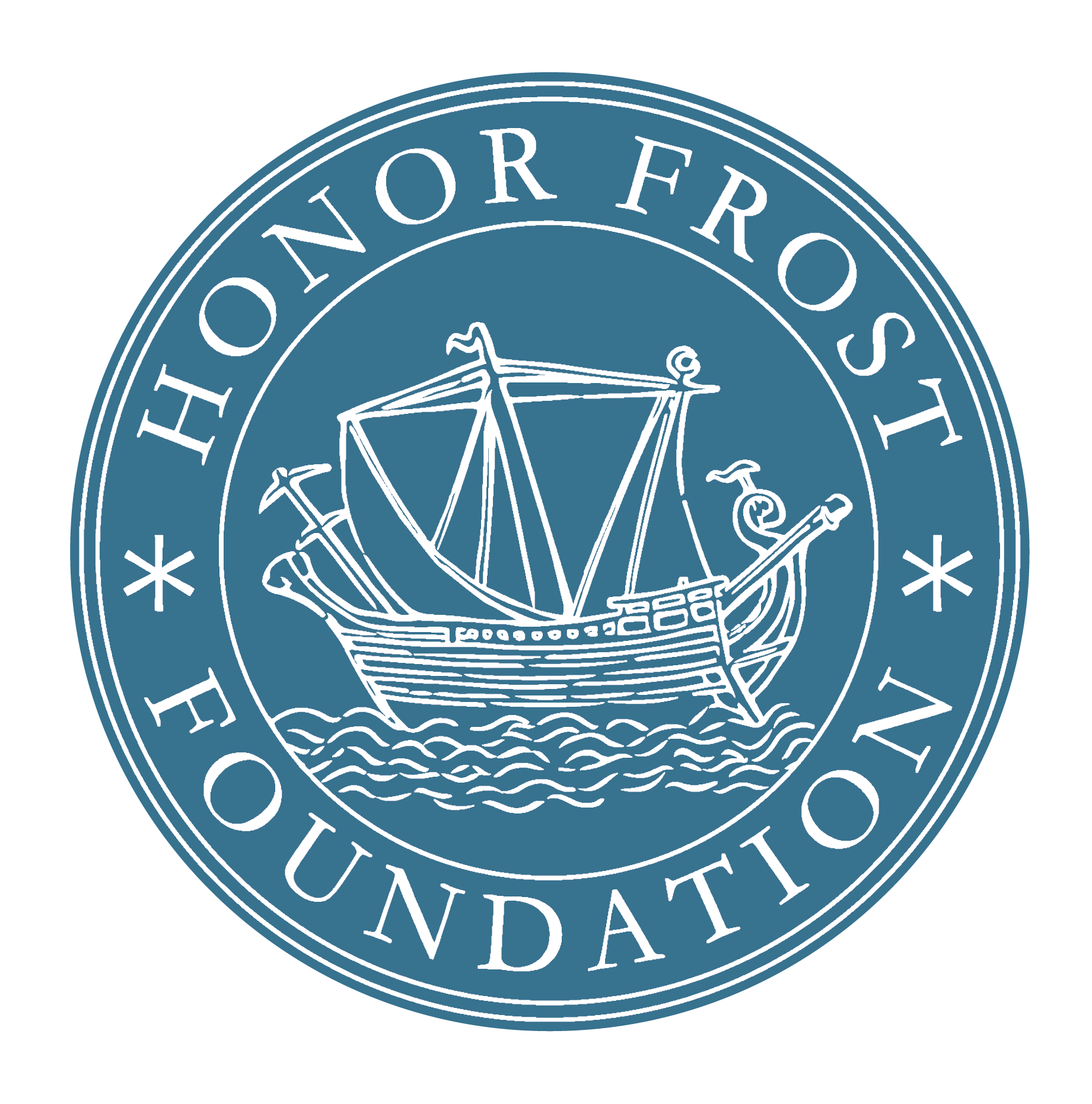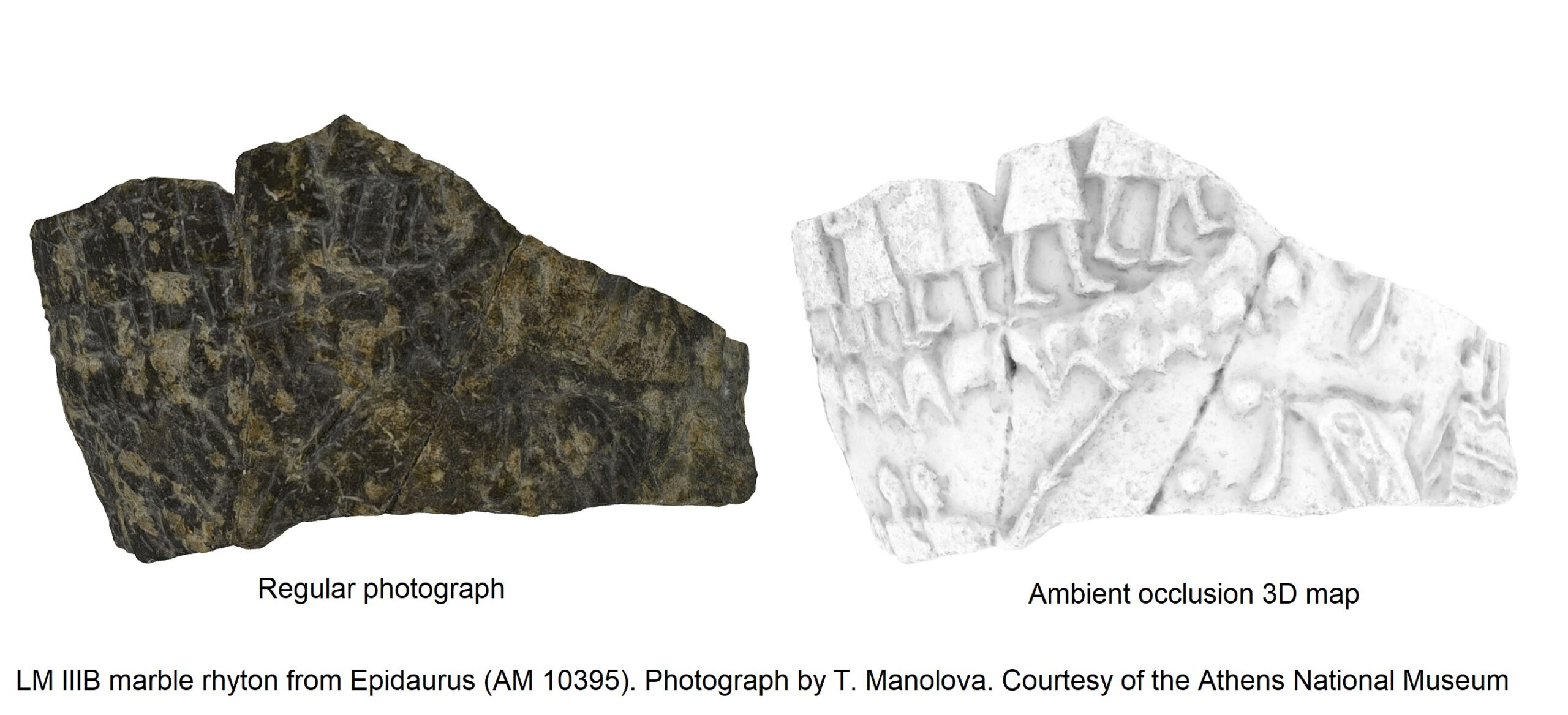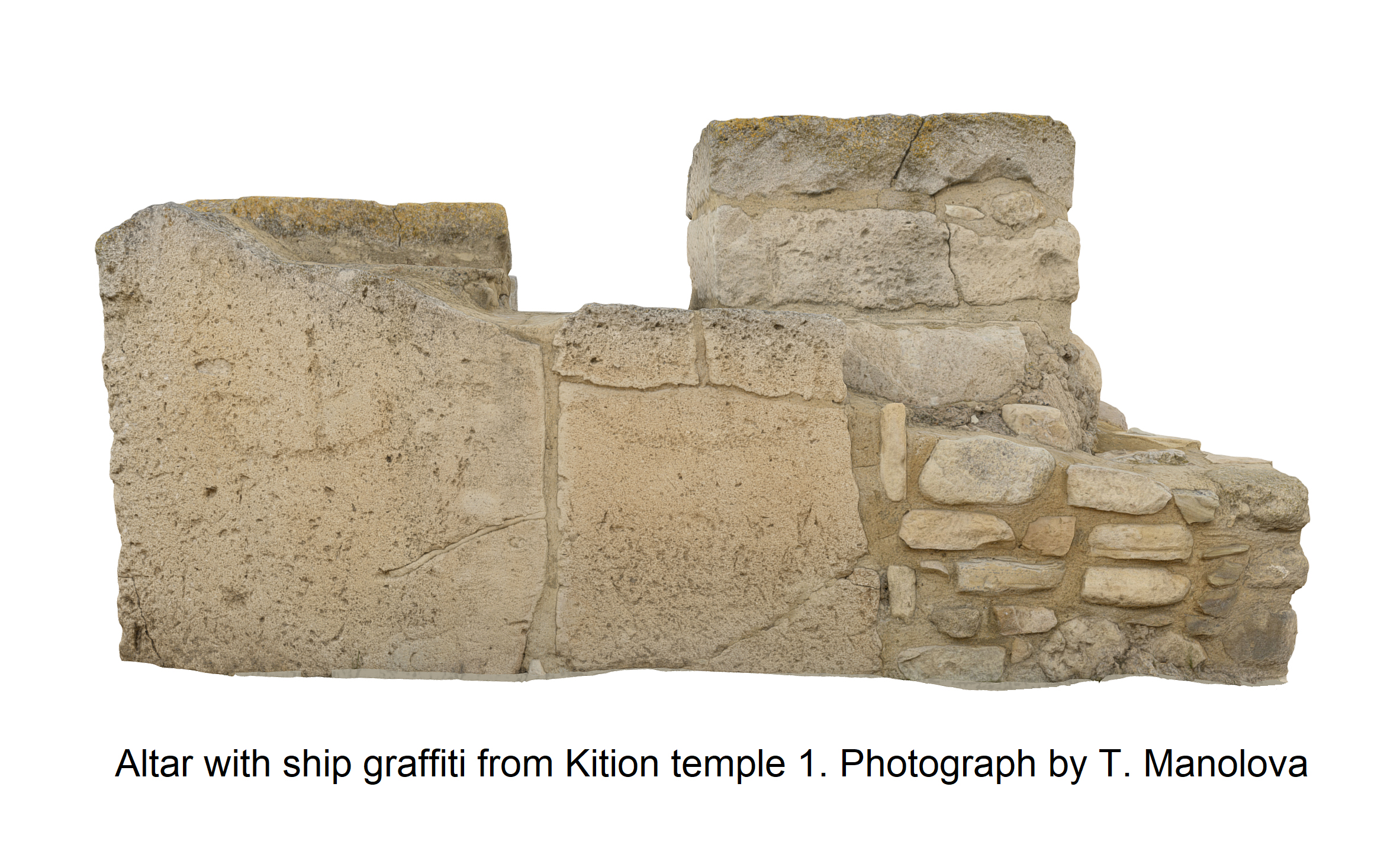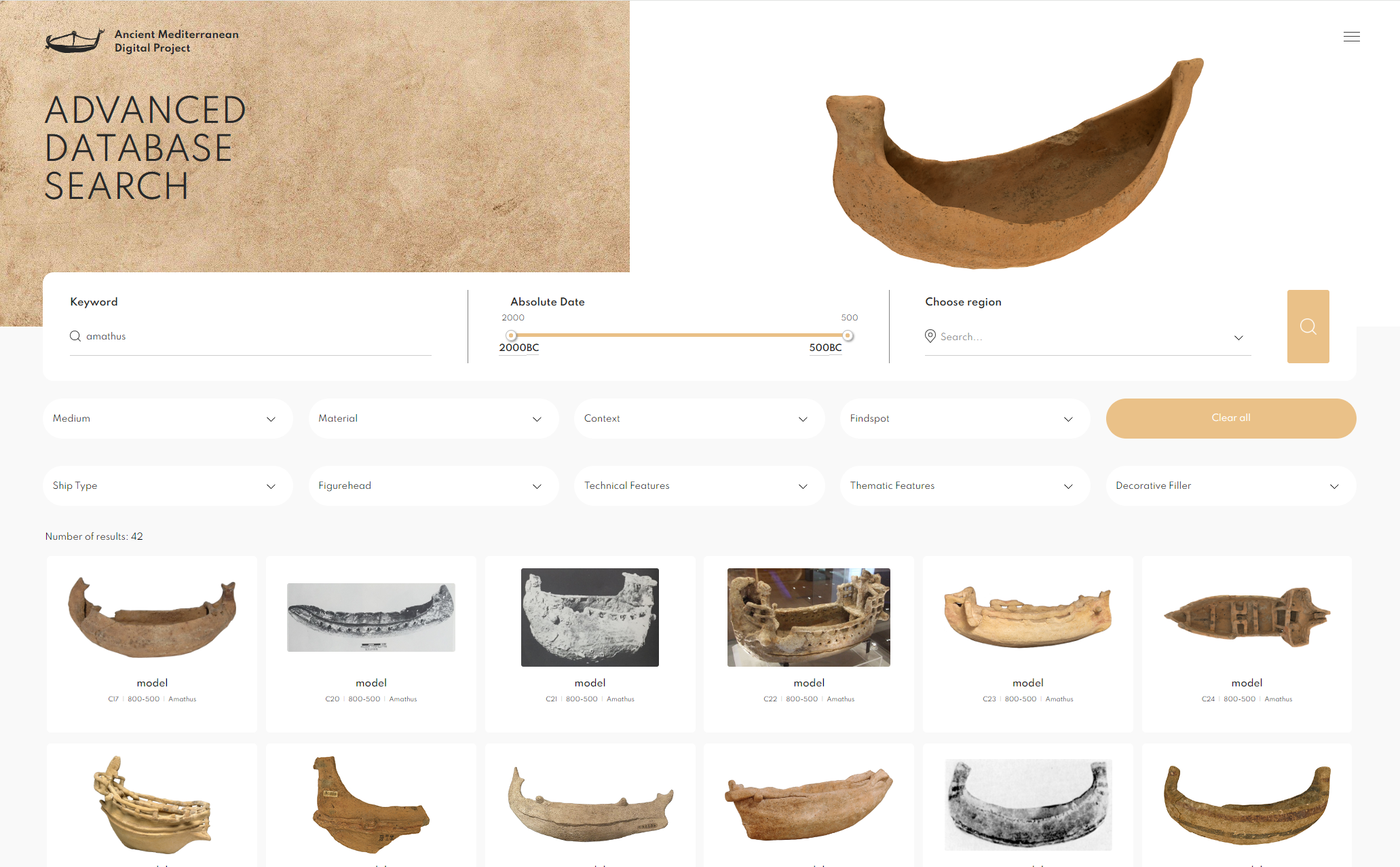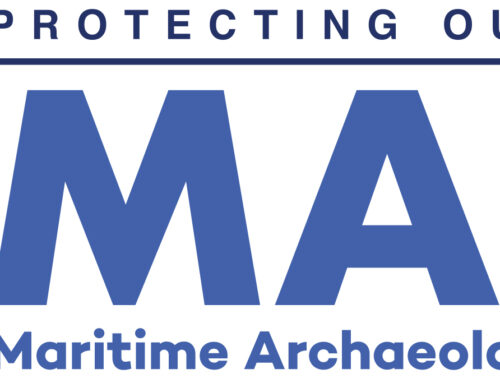Protohistoric eastern Mediterranean Ships and Harbours Digital Project (1500-600 B.C.) – ongoing
Tzveta Manolova
The Ancient Mediterranean Digital Project is an ongoing, open-access database on ship representations of the Mediterranean basin broadly covering the Late Bronze and Early Iron Age periods. Initially conceived as a comprehensive and highly detailed annotated catalogue covering the eastern part of the region, the project has since expanded with an extensive digital photogrammetry component funded by the Honor Frost Foundation, as well as a forthcoming expansion to include the western part of the basin in order to provide a holistic view of the entire Mediterranean. This western addition will furthermore be accompanied by the creation of a virtual museum where the 3D models will be hosted, as part of a second postdoctoral fellowship building on what has been achieved so far. The project’s ultimate aim is to become the primary research tool on the topic of ship representations of the Mediterranean, by digitally gathering material which is widely dispersed in dozens of institutions on multiple continents, a significant portion of which were previously poorly documented and had little to no digital accessibility. The multi-component project so far includes the following:
- In depth technical and contextual information of each object
- High resolution visual documentation that includes my own original drawings, photographs and 3D models
- A bespoke advanced database search engine tailored to the specific nautical theme of corpus
- A forthcoming virtual museum where users can interact with the 3D objects in virtual reality.
It is hoped that AncMed can provide, in a convenient and user-friendly format, the research tools for scholars outside of the discipline to meaningfully use and integrate this dataset while stimulating future collaborative projects and crowdsourcing. At the same time, all produced 3D models have been given to the respective museums and institutions where they are kept, as a means to both expand their records and as an additional safeguard in the unfortunate event of loss or damage to the original object.
The 3D models funded by this round of HFF research can be found here.
The full database can be found here.
